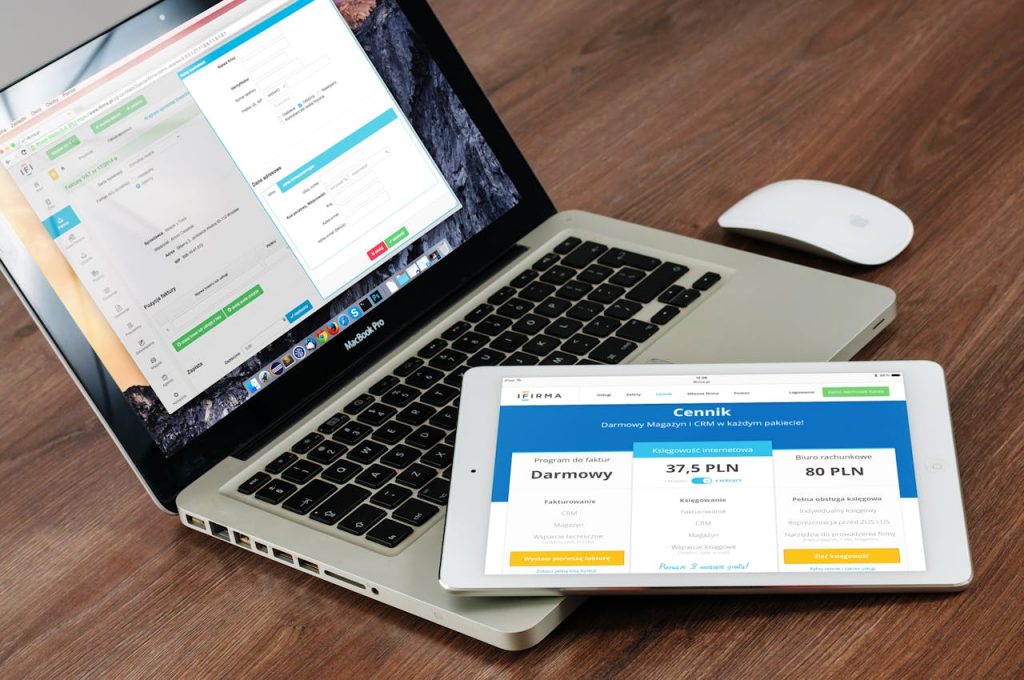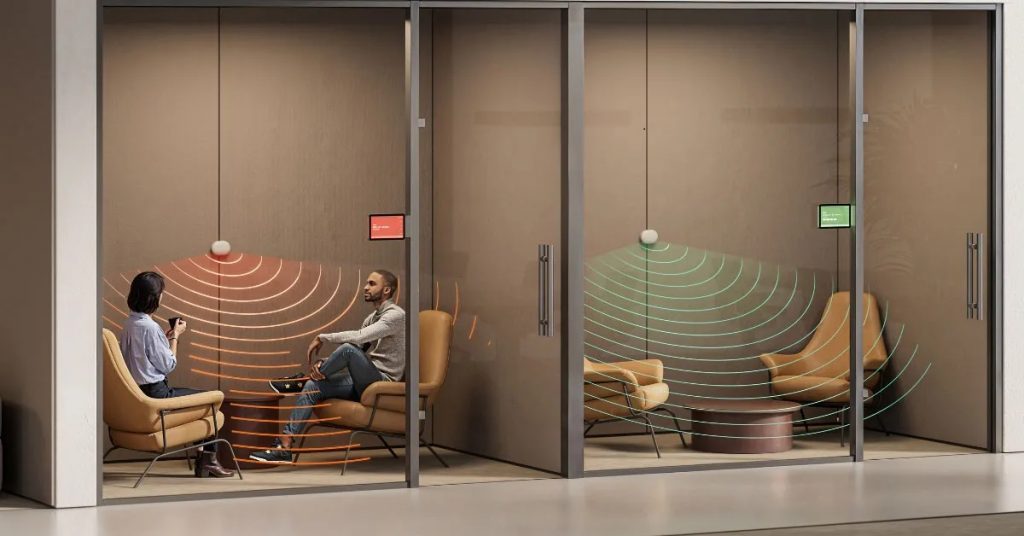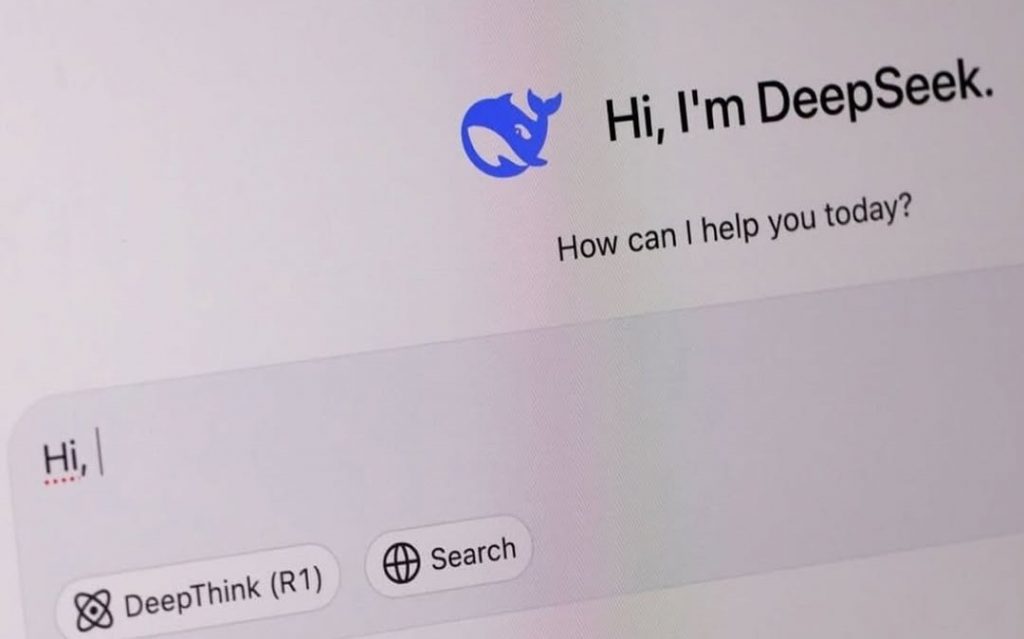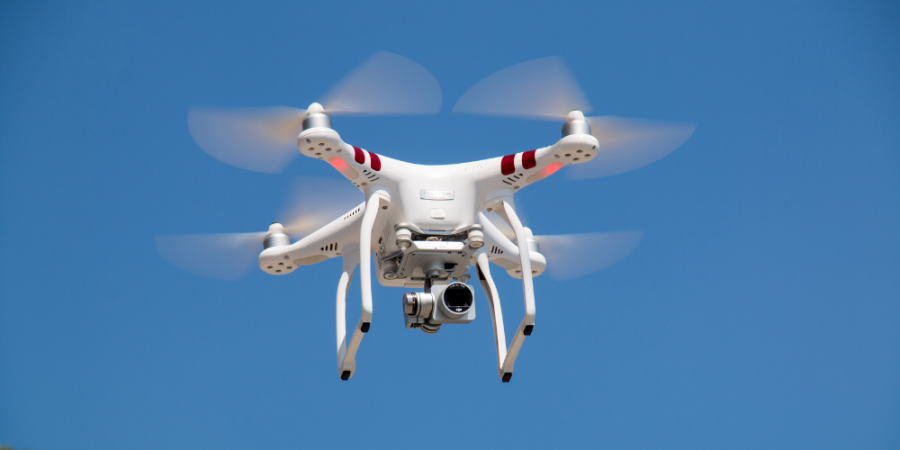It looks like Bill Gates is wasting no time to pursue other business ventures since officially leaving the Microsoft board in March.
In fact, he’s already working on getting funding for a technology company called Kymeta, which he’s also invested in. Let’s find out what drew the billionaire to the startup.
Transformational Product
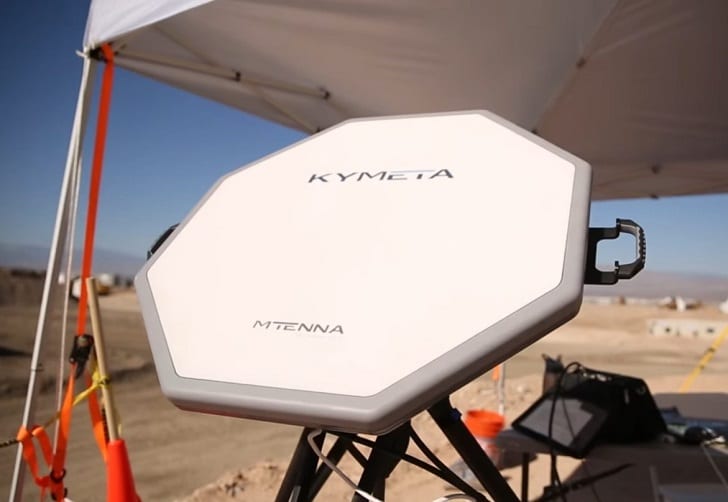
Kymeta/YouTube | The Kymeta antenna provides stable satellite communications with its robust and flat
According to reports, Kymeta has raised $85.2 million during its latest funding round, which just so happens to be headed by the Microsoft co-founder himself. Gates injected $78.5 million into the company.
Since its founding in 2012, Kymeta has raised a total of $300 million including funding from its other investors like Liberty Global and Lux Capital.
This increase in funds is set to help the satellite antenna manufacturer to scale up its production and sales of its mobile communications product. The product is set to replace dish technology and bring a highly reliable broadband service to its consumers.
The Kymeta antenna reportedly seeks to fill a gap in the connection of satellite networks to the ground. The company points out how other antennas are not strong enough to support the mobility the process needs.
Kymeyta executive chairman Doug Hutcheson sees their latest product as a ‘transformational’ one and describes it as a one-of-a-kind antenna that can connect a wide array of satellites.
Patient Investor
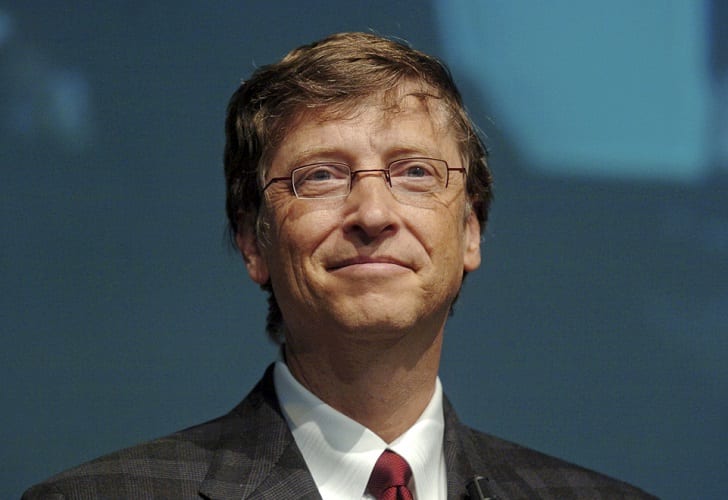
Paolo Bona/Shutterstock | Gates started investing in the satellite antenna company in 2016
Meanwhile, Hutcheson described Gates as a ‘patient investor’ and shared that the billionaire believes that the company has the right technology.
He also shared that Kymeta is ahead of other companies when it comes to the quality and capability of the product they’ve developed. The company is now in the process of testing involving the defense and first responders industries.
The Washington-based company, which currently employs almost 200 employees, is also expecting to grow its workforce in the near future.
Gearing to Scale Up
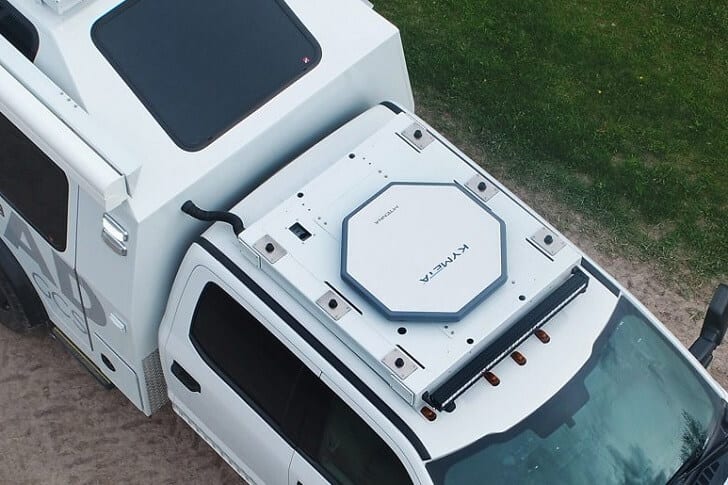
Kymeta | The retail price for the Kymeta terminal is $30,000
After seeing the demand for their test products from customers, Hutcheson plans on using the latest influx of funding to increase production. He anticipates that Kymeta would be building ‘thousands of terminals a year’ in the next year or two.
By 2023, Hutcheson plans on upping production to tens of thousands of terminals. However, he also acknowledges the amount of work that would go in making this possible in the future.
He mentioned the need to find ways to build a supply chain and to further scale manufacturing.







